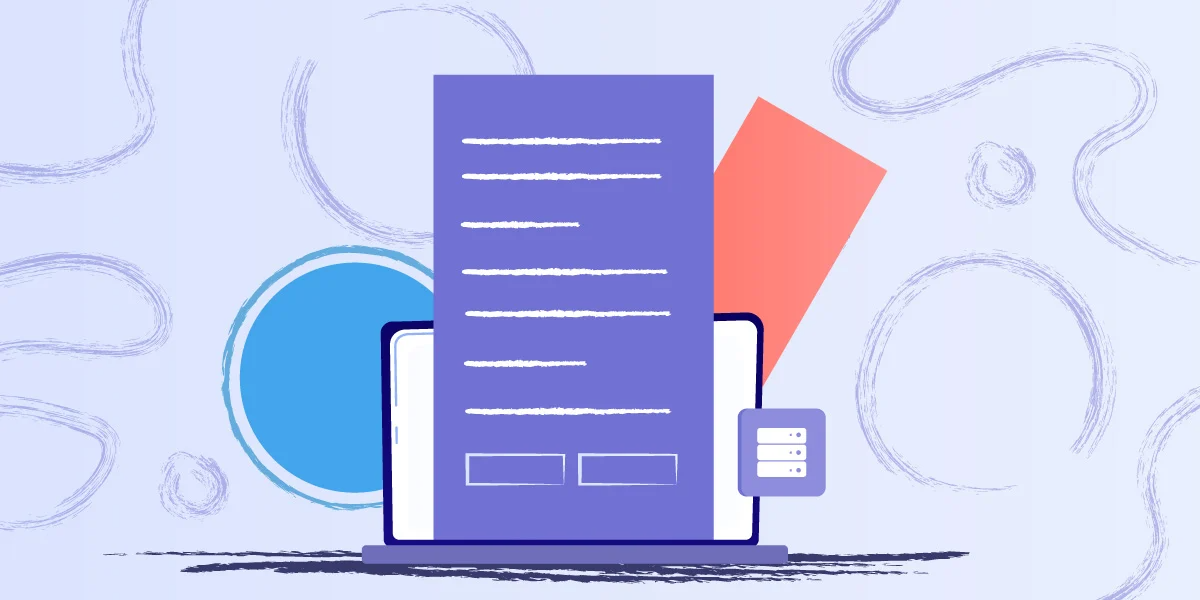When you hear someone talk about IP addresses Do you feel like an jumbled mess? This is normal. Mastering IP Subnetting is no joke but don’t despair: this ultimate ip subnet cheat sheet will make the process less of a daunting mystery! With this straightforward guide, you’ll gain the skills necessary to break down any obscuring details surrounding subnets with precision and confidence. No matter if you consider your network experience to be advanced or just beginning to learn, every network administrator should know the basics of IP addressing and how it works in order for their respective networks to operate properly.

IP subnetting, which enables IT professionals and network administrators to optimize and manage the network resources effectively is an essential expertise. We have created the ultimate cheat sheet to assist you to understand the intricacy of subnetting. This comprehensive guide, whether you’re just beginning or are just seeking an easy reminder can provide you with the essential information and strategies for IP subnetting.
I. Understanding IP subnetting:
IP subnetting involves the division of an entire network into subnetworks (or subnets) to optimize network performance and manage IP addresses. This involves creating logical subnets within a large network and assigning IP addresses unique to each. This permits efficient data routing, while also improving security.
II. Subnetting cheat sheet is crucial:
A cheat sheet for subnetting serves as a useful resource for administrators of networks. It provides a concise reference that includes essential formulas guidelines, rules, and subnetting techniques that make the process of subnetting more efficient and accurate. The cheat sheet can save time and guarantee accuracy when it comes to performing subnetting calculations.
III. IP Subnet Cheat Sheet: Essential Elements
1. Subnet Mask The subnet mask determines the network portion as well as the host portion of an IP address. The cheat sheet can serve as a reference to help determine the subnet in relation to the number of network bits are present.
2. Network Address: This is the address that represents an initial subnet. It is used to identify the subnet within a larger network.
3. Broadcast Address Broadcast Address the top address in a subnet and is used to transmit data to all devices within the subnet.
4. Host range : This range is all valid IP address that can be assigned to devices that are located on a particular subnet. Broadcast and network addresses are excluded.
5. CIDR notation: Classless interdomain routing (CIDR), which is represented by the slash symbol (/) and followed by the number of network bits, is the subnet mask. This cheat sheet provides an easy-to-use conversion table.
IV. Tips and techniques for subnetting success
1. Subnetting with Hand Cheat Sheet Subnet provides step-by-step instructions for subnetting that do not rely on calculators or subnetting tools. Understanding the basic principles can help you successfully deal with subnetting problems.
2. Variable Length Subnet Masking (VLSM) VLSM permits for the allocation of various-sized subnets within the network. The cheat sheet on subnets provides information on how to effectively use VLSM to optimize IP address allocation.
3. Binary to Decimal Conversion: Understanding the binary-to-decimal conversion is necessary for subnetting. The cheat sheet has the table of conversion as well as tips to convert binary numbers into decimal.
4. Subnetting Quick Reference Chart The cheat sheet is subnetting charts, mapping the number of network bits to the corresponding subnet mask, as well as the total number of subnets, and the number of hosts per subnet.
5. Subnetting Examples Cheat Sheet: This cheat sheet gives an example of practical subnetting and also sample issues, allowing you to practice your skills and increase your understanding.
V. Advantages of Subnetting cheat sheets:
1. Time-saving: With a subnetting cheat sheet, you’ll be able to do subnetting calculations efficiently and precisely, saving valuable time in your tasks of managing networks.
2. Accuracy and Efficiency The cheat sheet is used as a reliable reference decreasing the chance of making mistakes in subnetting calculations, and ensuring the efficient use of the network resources.
3. Learning Aid Cheat Sheet: This cheat sheet is an excellent learning tool that helps you better understand subnetting concepts and techniques. It assists you in understanding subnetting concepts and techniques better.
IT professionals who have a thorough knowledge of IP Subnetting will be able to set up and maintain IP Networks in a way that is efficient. You’ll have invaluable knowledge about how to set up subnets, monitor them, and analyze them as needed. Although IP subnetting may not require an knowledge of network fundamentals but it is still essential for you to read them before doing so to better understand the tool. Practice is key to any IT ability. Regularly work through the IP subnetting Cheat Sheet exercises to ensure you are familiar with the subject. Best of luck!